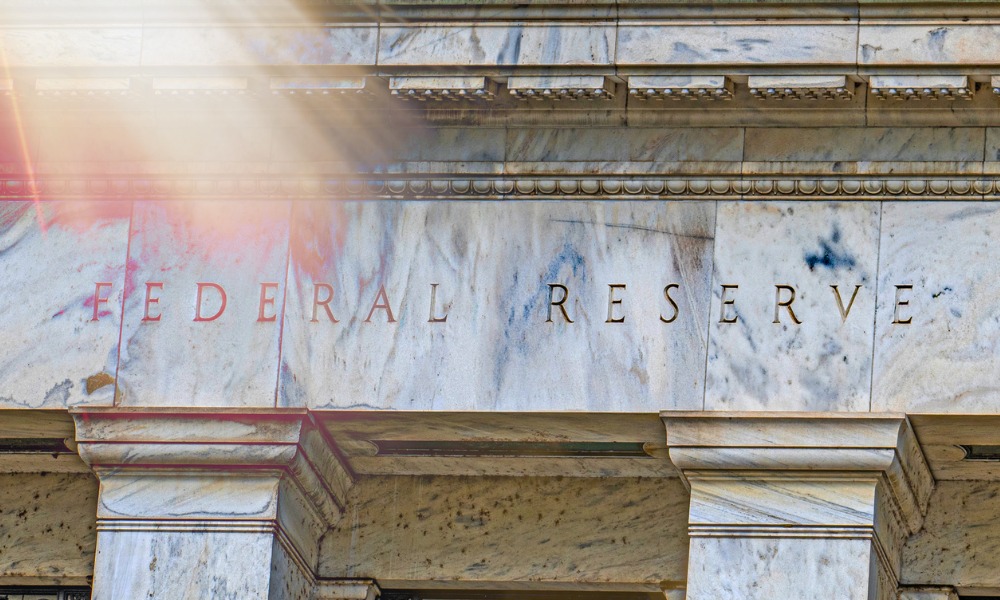Traders anticipate a September rate cut as the Fed's inflation gauge cools, boosting Treasury yields

Treasuries rose at the end of a volatile week, driven by the Federal Reserve’s preferred inflation gauge, which bolstered expectations for a September interest-rate cut, according to BNN Bloomberg.
On Friday, yields fell across the curve, with two- and 10-year yields dropping by about five basis points to 4.38 percent and 4.2 percent, respectively. US government debt is on track for its third consecutive month of gains, the longest streak since mid-2021, based on Bloomberg data.
Interest-rate swaps indicate traders expect the US central bank to keep rates steady next week before initiating an easing cycle at the September meeting. Overall, traders are fully pricing in at least two quarter-point reductions this year.
A rate cut in September “seems on track,” with no obstacles, said Lindsay Rosner, head of multi-sector fixed income investing at Goldman Sachs Asset Management. She noted, “We’ve been advocating for extending duration for some time now. The data has been reinforcing it.”
A year after the Fed raised the benchmark rate to a two-decade high, inflation and the labour market are showing signs of cooling. The Fed’s preferred measure of underlying US inflation rose modestly in June, and consumer spending remained healthy, according to Friday's data.
Rosner described it as a “super-tame and in-line economic print.”
US consumer sentiment declined to an eight-month low in July as high prices continued to affect attitudes about personal finances.
These economic releases set the stage for next week’s US central bank meeting, which has attracted attention from notable figures.
Former New York Fed president William Dudley suggested in a Bloomberg Opinion column that policymakers should reduce rates at the July meeting, while Mohamed El-Erian warned of a “policy mistake” if the central bank maintains high rates for too long.
Bloomberg strategists believe bond investors can remain bullish, as PCE figures suggest a soft landing. With PCE at 2.5 percent, up to three rate cuts this year are possible, leaving the curve steepener trade intact.
Shorter-term Treasuries led the rally recently, pushing the yield curve steeper. Two-year yields fell 12 basis points this week, reaching 4.34 percent, the lowest since February. In comparison, 10-year yields fell four basis points this week, while 30-year yields remained nearly unchanged at 4.45 percent.
The yield curve, which has been inverted for over two years, is becoming less so. At about 4.4 percent, the two-year yields are only 18 basis points higher than 10-year rates, compared with about 50 basis points a month ago.
The steepener trade gained popularity in the bond market since Donald Trump emerged as the favourite to win the presidential election in November. This trade assumes the Republican candidate may implement tariffs and tax cuts, potentially increasing inflation and deficit concerns.
Despite Trump's odds slipping after President Joe Biden endorsed Kamala Harris as the Democratic nominee, the trade maintains momentum as rate-cut expectations build, causing short-term rates to outperform.
“We already start to see 10-year Treasury decoupling from the Fed rate cut expectation,” said Tracy Chen, portfolio manager at Brandywine Global Investment Management. “This means the bond supply pressure starts to wear down 10-year pricing. We believe curve steepening will play out from here.”
Interest-rate swaps have priced in five quarter-point cuts over the next six policy meetings after July. This echoes an earlier episode this year when traders aggressively bet on rate cuts, only to be disappointed by the economy's resilience.
The aggressive rate pricing has made some investors hesitant to pursue the bond rally.
“The market seems to be in a rush to price in too many cuts,” said Subadra Rajappa, head of US rates strategy at Societe Generale. “That said, it’s hard to fade the momentum as the market is likely to over-react to weakness in the data. I’d be a bit more cautious and neutral ahead of a busy data week.”



